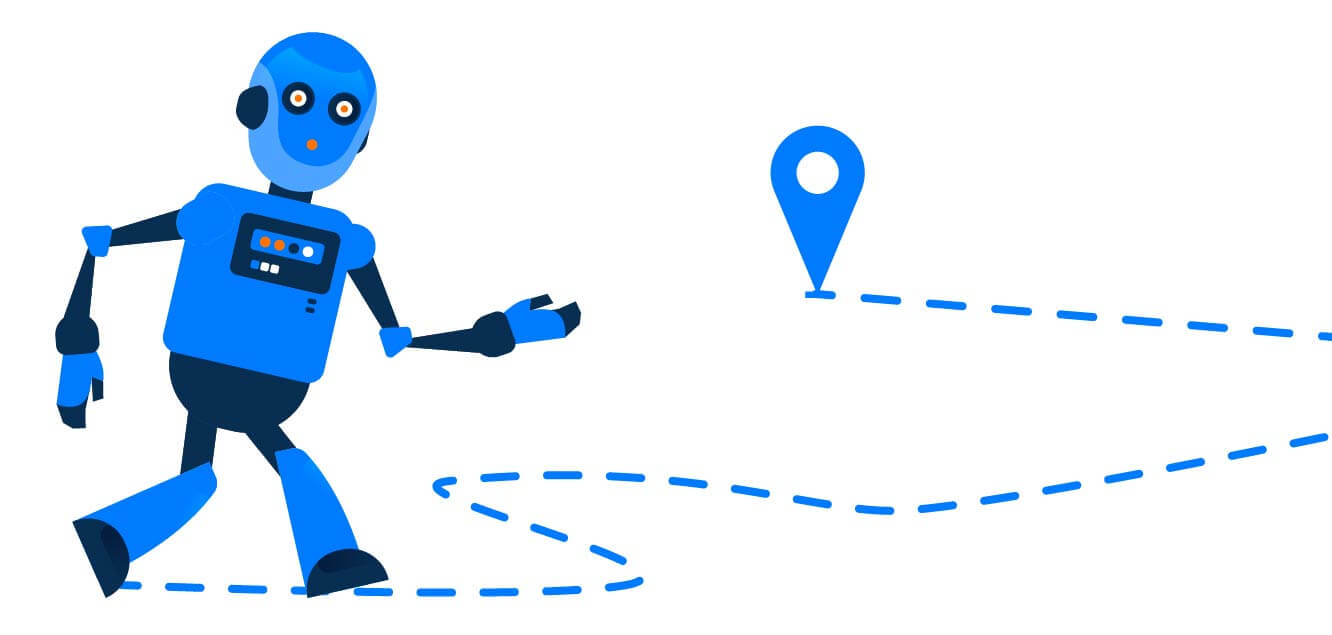Divide and conquer is an algorithm design paradigm in which a problem is divided into smaller subproblems (often two ones) of the same type and then each subproblem is solved independently. The division is applied recursively until sub-problems become simple enough to be solved directly using a base case. Finally, the solutions of all sub-problems are combined to get the solution for the original problem. Let’s…



